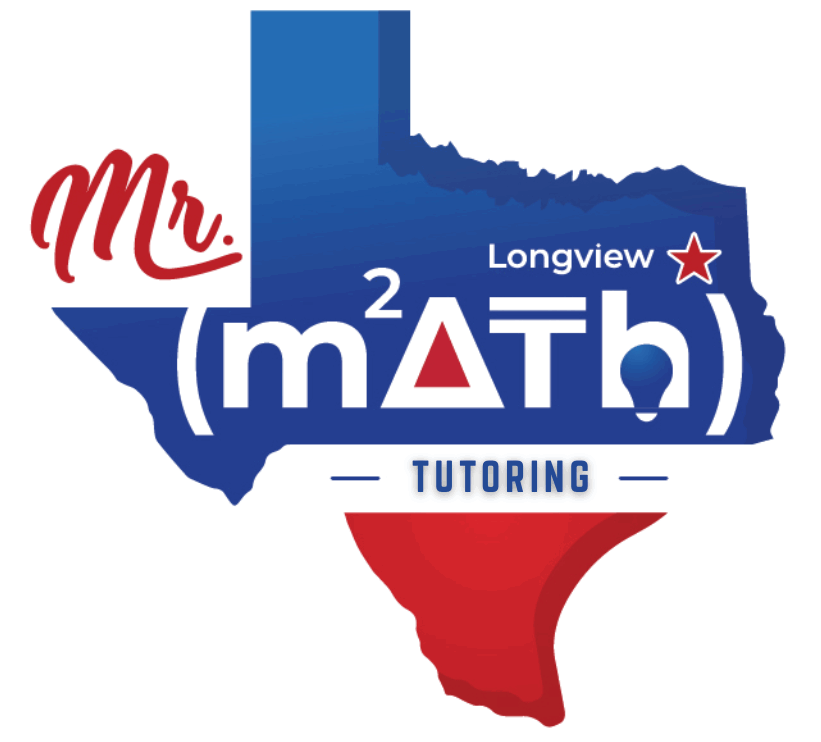Currently Empty: $0.00
About Course
Dive into the heartbeat of calculus by exploring how functions behave as inputs approach critical values. In this focused mini-course, you will develop both an intuitive “feel” for limits—using real-world scenarios like velocity and population growth—and the algebraic prowess to compute them with confidence. You’ll learn to spot subtle discontinuities in piecewise definitions, harness the power of limit laws to tame indeterminate forms, and wield the Intermediate Value Theorem to guarantee solutions where none seem apparent. Finally, you’ll attain the rigor of a true mathematician by mastering the ε–δ definition, laying the groundwork for every proof you’ll encounter in AP Calculus AB and beyond.
Course Content
1. Intuitive Introduction to Limits
-
1.1 Real-World Rates & Approaching Values
-
1.2 Graphical Interpretation of Limits
-
1.3 One-Sided Limits & Precise Notation




